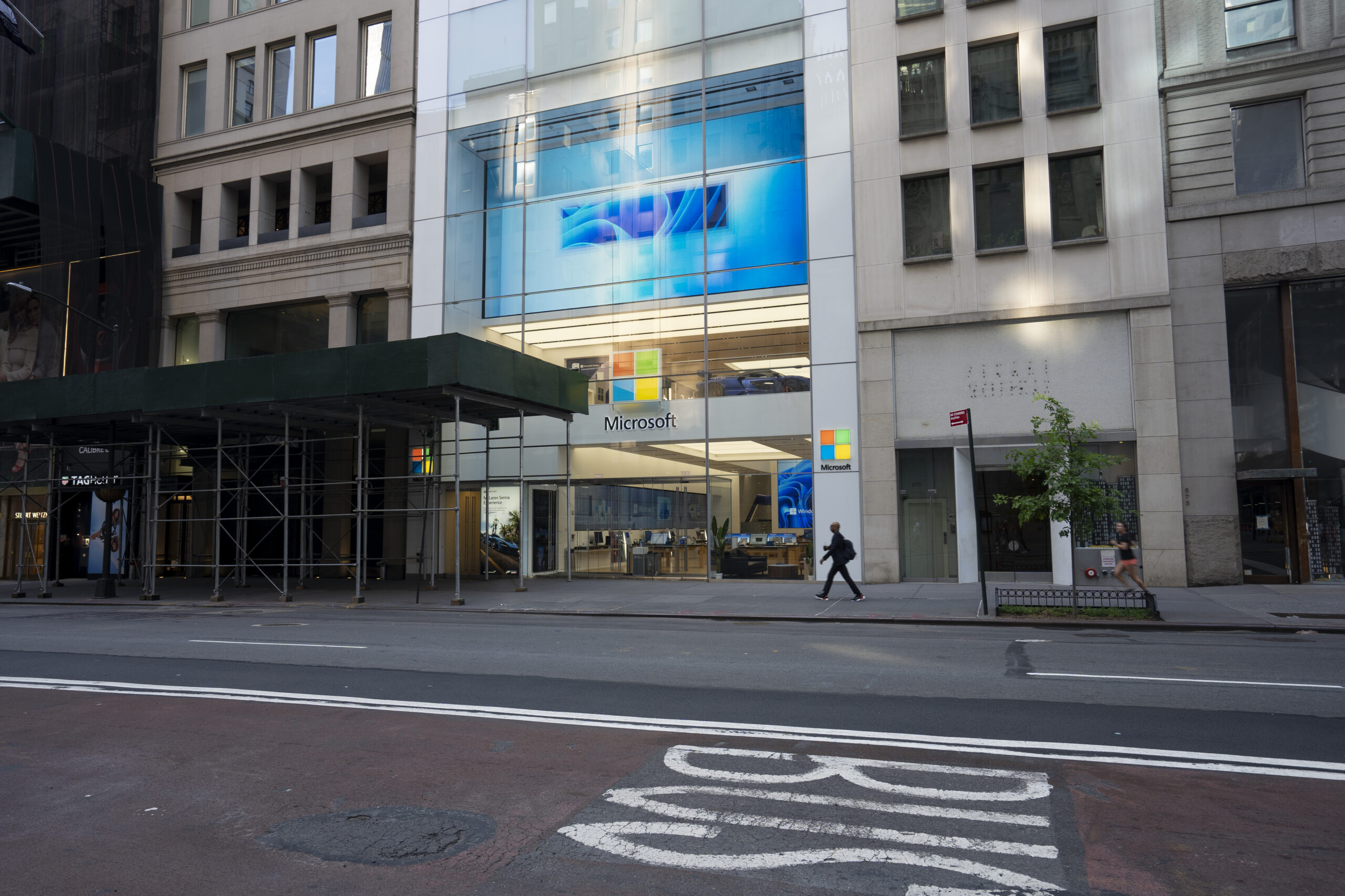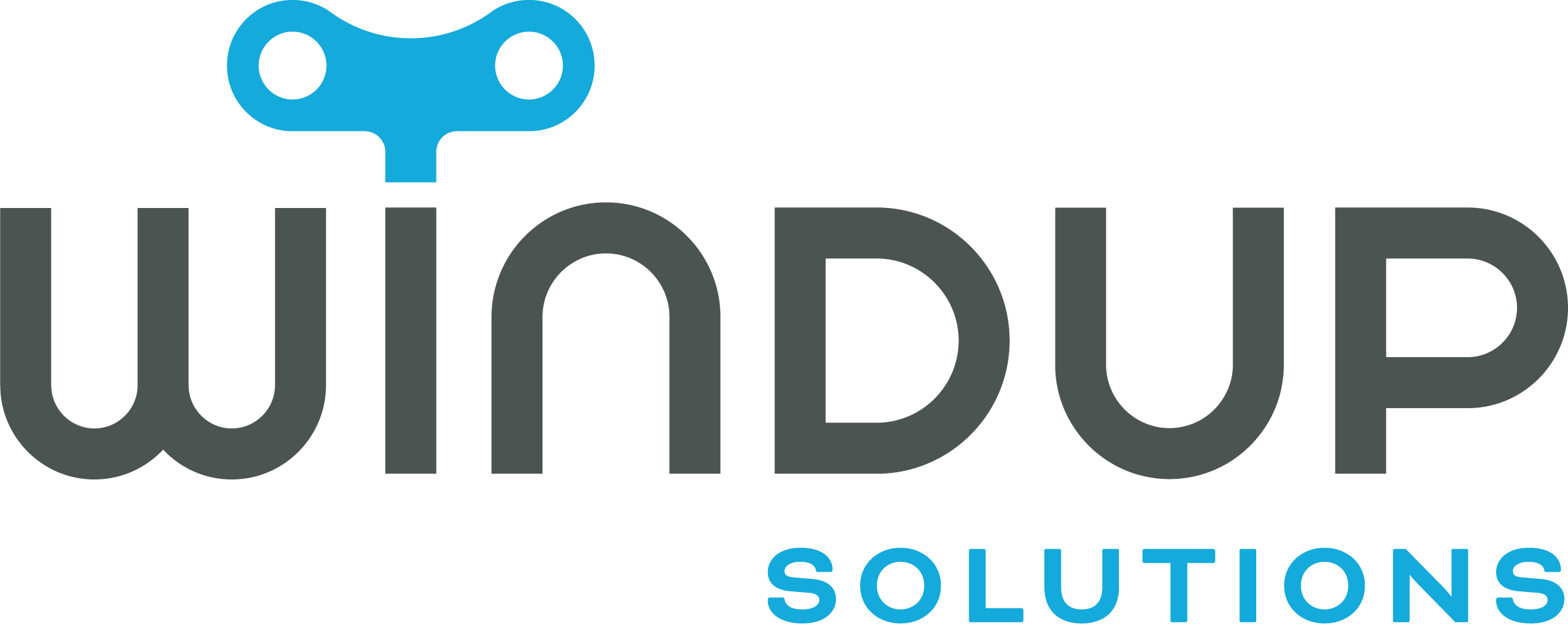
As you know, Microsoft has announced the end of support for Windows 11, version 22H2 (Home and Pro editions), which may leave businesses wondering what steps to take next.
If your organization is currently using this version, it’s essential to understand the impact of this change and how best to prepare for the transition.
Why Microsoft Ends Support for Versions Like 22H2
Microsoft products follow a predictable lifecycle policy, which includes phases like mainstream support and extended support. Mainstream support involves regular updates for features, bug fixes, and security patches, while extended support typically focuses on critical security updates. As newer versions of Windows are released, maintaining support for older ones becomes less practical. By phasing out support, Microsoft can dedicate more resources to improving newer versions, ensuring they meet modern performance and security standards.
When support for a version like Windows 11, version 22H2, ends, it signals the official closure of all updates. Without these updates, the system is left vulnerable to new security threats that emerge over time. In an ever-evolving digital landscape, malware, ransomware, and other cyberattacks constantly adapt, looking for weaknesses in outdated systems. For businesses, staying on unsupported software could be equivalent to leaving the door open to potential threats, and these vulnerabilities can lead to significant breaches of sensitive information.
Moreover, as Microsoft and third-party developers focus on supporting newer operating systems, older versions may become incompatible with current and future applications. This incompatibility creates friction in daily business operations, affecting productivity and forcing businesses to either patch solutions together or eventually upgrade. But patching isn’t a long-term solution—it only delays the inevitable upgrade while increasing the complexity and costs involved.
Beyond security, compliance is another critical factor. Many industries must adhere to strict regulations, such as HIPAA in healthcare or GDPR in the EU. Running unsupported software often places organizations at risk of non-compliance, which could lead to costly fines or penalties. For businesses that handle sensitive data, staying compliant means ensuring all systems are fully supported and secure, a responsibility that’s impossible to fulfill with an outdated version of Windows.
The Risks of Sticking with Windows 11, Version 22H2
Once a version reaches the end of its lifecycle, like Windows 11, version 22H2, the lack of updates immediately puts your business at risk. Most importantly, the system becomes vulnerable to various cyberattacks. Malware and other forms of malicious software thrive on exploiting outdated software. With no new security patches, hackers can take advantage of known vulnerabilities, leading to data breaches, financial losses, and reputational damage.
For businesses, this is a significant threat. Not only does the lack of updates put your own data at risk, but it can also compromise the data of your clients and partners. A single vulnerability can expose entire networks, leading to devastating outcomes that are often difficult to recover from.
Another major concern with sticking to an unsupported version is the likelihood of compatibility issues. As developers continue to update applications for newer operating systems, older versions like Windows 11, version 22H2, will lag behind. Essential business applications may stop working correctly or lose access to critical updates themselves. This gap can result in costly downtime, as IT teams struggle to keep systems running smoothly.
Compliance is another key factor. Businesses operating in highly regulated industries must meet strict security and privacy standards. Running unsupported software can create compliance gaps, leaving organizations open to audits and penalties. Regulatory frameworks like HIPAA, GDPR, and SOX require up-to-date systems to protect sensitive data. When your business fails to meet these requirements, it’s not just about paying fines—there’s also the risk of losing customer trust and business reputation.
In summary, continuing to use Windows 11, version 22H2, after support ends isn’t just a technical risk—it’s a business risk that affects security, compliance, productivity, and reputation. Making the transition to a supported version is essential for maintaining the security and integrity of your operations.
How to Transition from Windows 11, Version 22H2
For businesses using Windows 11, version 22H2, upgrading is the clear path forward. Here are three options to consider:
1. Upgrade to a Newer Version of Windows 11
Upgrading to a more recent version of Windows 11 is the simplest and most secure path forward for businesses. For those currently using Windows 11, version 22H2, it’s important to plan ahead, as support for this version ends on October 8, 2024. After that date, businesses will no longer receive critical security patches, leaving systems vulnerable to potential threats.
Before the support for version 22H2 ends, Windows 11, version 23H2 has already been released, offering a secure upgrade option. Additionally, Windows 11, version 24H2 is rolling out later in 2024, providing another opportunity for businesses to stay updated with the latest features and security enhancements. Upgrading to either version ensures continued security, compliance, and access to the latest features, avoiding the risks associated with unsupported software.
Planning this transition in advance is essential to avoid running unsupported systems, especially during the period between the end of support for version 22H2 and the full rollout of version 24H2. Businesses may also consider leveraging Virtual Desktop Infrastructure (VDI) as a temporary or permanent solution to manage their environment securely during this upgrade process.
2. Assess VDI Solutions
Virtual Desktop Infrastructure (VDI), such as Citrix DaaS or Citrix Virtual Apps and Desktops (CVAD), offers a compelling alternative to constant OS upgrades on individual machines. By leveraging VDI, businesses can significantly transform their approach to desktop management and OS updates.
Cloud-Hosted Desktop Environments
VDI allows organizations to host desktop environments in the cloud, providing several key advantages:
- Centralized Management: IT teams can manage and update all desktops from a single, centralized location, greatly reducing the time and effort required for maintenance.
- Consistent User Experience: Employees can access their personalized desktop environment from any device, ensuring a uniform experience regardless of the hardware used.
- Rapid Deployment: New desktops or applications can be rolled out quickly across the organization, improving agility and responsiveness to business needs.
Streamlined Updates and Improved Flexibility
With VDI, the process of updating operating systems and applications becomes significantly more efficient:
- Simplified Patching: Security updates and patches can be applied to the master image, automatically updating all virtual desktops.
- Version Control: IT can easily manage multiple OS versions simultaneously, allowing for phased rollouts or supporting legacy applications.
- Rollback Capability: If issues arise with an update, reverting to a previous state is much simpler and faster compared to traditional desktop environments.
Reduced Hardware Demands
VDI can extend the lifespan of existing hardware infrastructure:
- Thin Client Usage: Older PCs can be repurposed as thin clients, accessing powerful virtual desktops hosted in the cloud.
- BYOD Support: Employees can use their own devices to access their work environment, reducing hardware costs for the organization.
- Resource Optimization: Computing resources can be allocated dynamically based on user needs, ensuring efficient utilization of hardware.
Enhanced Security
VDI offers several security benefits:
- Centralized Data Storage: Sensitive data remains in the secure data center rather than on individual devices, reducing the risk of data loss due to device theft or loss.
- Controlled Access: IT can implement stringent access controls and multi-factor authentication for virtual desktops.
- Rapid Threat Response: Security measures can be quickly implemented across all virtual desktops simultaneously.
By adopting VDI solutions, businesses can create a more flexible, secure, and manageable IT environment. This approach not only addresses the challenges of frequent OS upgrades but also positions the organization to adapt more readily to future technological changes and evolving work patterns.
How to Prepare Your Business for the Upgrade
Preparation is key when navigating the transition from an unsupported Windows version. Here are several steps businesses can take to make the switch smoother:
- Evaluate Your Current Infrastructure
Start by identifying how many systems are still running Windows 11, version 22H2. Take stock of which machines are ready for an upgrade and which might need hardware adjustments. - Perform Full System Backups
Backing up your data ensures that if any issues arise during the transition, your business can recover quickly. Consider both local and cloud backups for added security. - Schedule Downtime
Upgrading systems will take time, so plan the process carefully to minimize disruption. Consider scheduling the update process during non-peak business hours to keep operations running smoothly. - Check Software Compatibility
Ensure that any business-critical software will be compatible with the newer version of Windows. This includes internal applications, databases, and third-party tools. Compatibility testing helps avoid unexpected hiccups that could slow down the transition.
The Power of Virtual Desktop Infrastructure (VDI)
Many businesses are finding that VDI solutions like Citrix DaaS and CVAD offer a smoother transition when upgrading operating systems. These solutions allow businesses to run Windows desktops from the cloud, removing the need for hardware updates or major OS transitions across multiple machines.
Using VDI, businesses can:
- Extend the lifecycle of existing workstations.
- Streamline upgrades and updates through centralized control.
- Keep employees connected to their workstations remotely, offering more flexibility.
VDI provides an effective way to manage transitions like the end of support for Windows 11, version 22H2, without the disruptions that often accompany traditional OS upgrades.
Security Best Practices After the Upgrade
Once you’ve upgraded from Windows 11, version 22H2, keeping your systems secure should remain a top priority. Here are a few essential security practices:
- Enable Automatic Updates
Ensure that all systems are set to automatically install patches and updates as they become available. This helps maintain security against emerging threats. - Install Endpoint Protection
Strengthen your security posture with additional endpoint protection measures like antivirus software, firewalls, and monitoring tools. - Train Employees on Security Best Practices
Often, human error is the weakest link in security. Regular training on how to spot phishing attacks, manage sensitive data, and use strong passwords is critical to maintaining a secure business environment.
Key Takeaways:
- Security Risk Mitigation: Once support for Windows 11, version 22H2 ends, businesses will no longer receive security updates, leaving systems vulnerable to malware and cyberattacks. Upgrading ensures continuous protection.
- Compliance Maintenance: Running unsupported software can result in non-compliance with industry standards such as HIPAA or GDPR, leading to potential legal and financial penalties.
- Upgrade Options: Businesses can upgrade to newer versions of Windows 11 (such as version 23H2 or 24H2) to ensure ongoing support, enhanced features, and security improvements.
- Compatibility: Older versions may lead to compatibility issues with modern applications, negatively affecting business productivity. Upgrading ensures seamless operation with current apps and services.
- Planning for the Transition: To avoid disruptions, businesses should create a transition plan that includes system backups, downtime scheduling, and testing for compatibility with critical applications.
